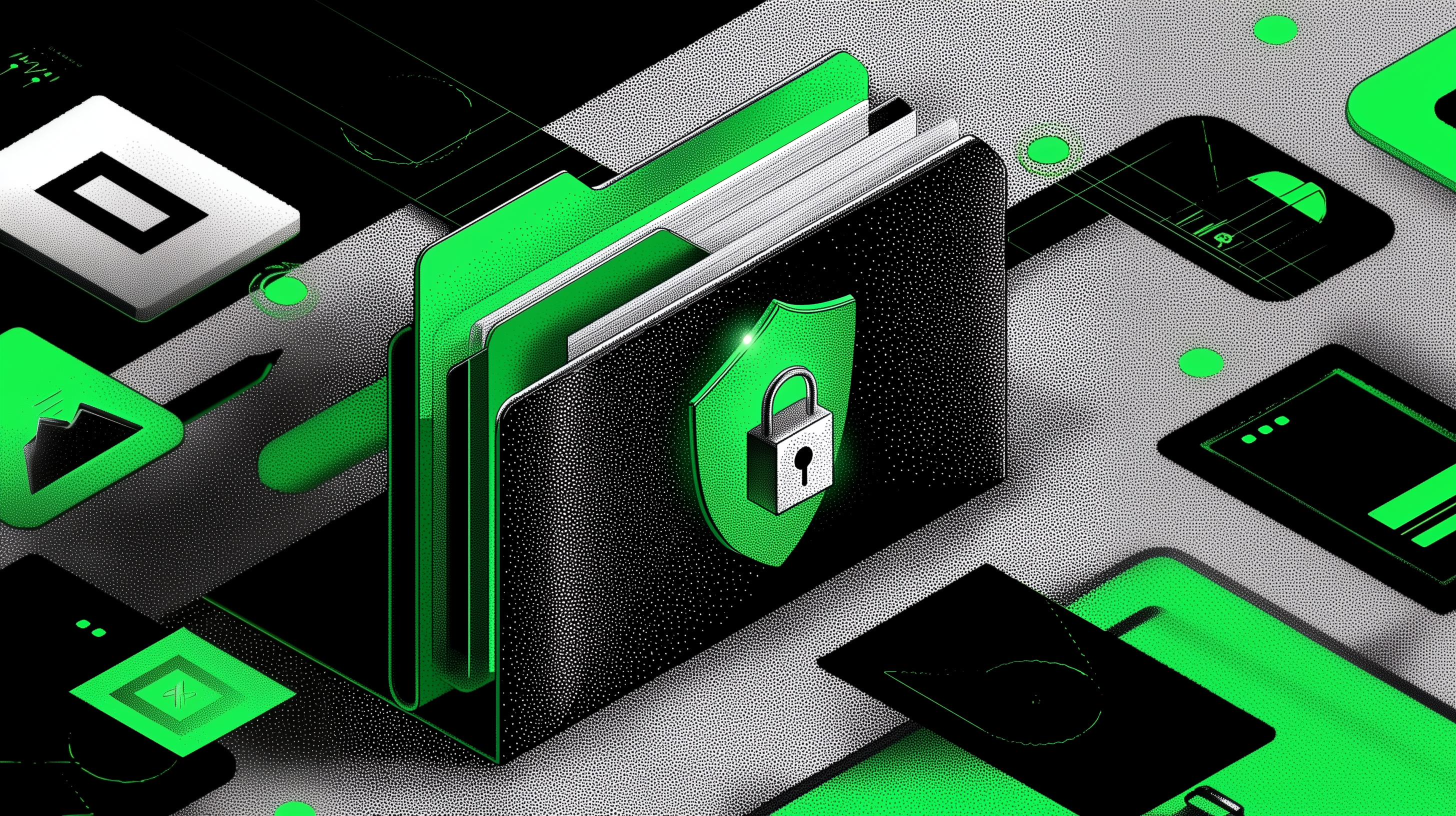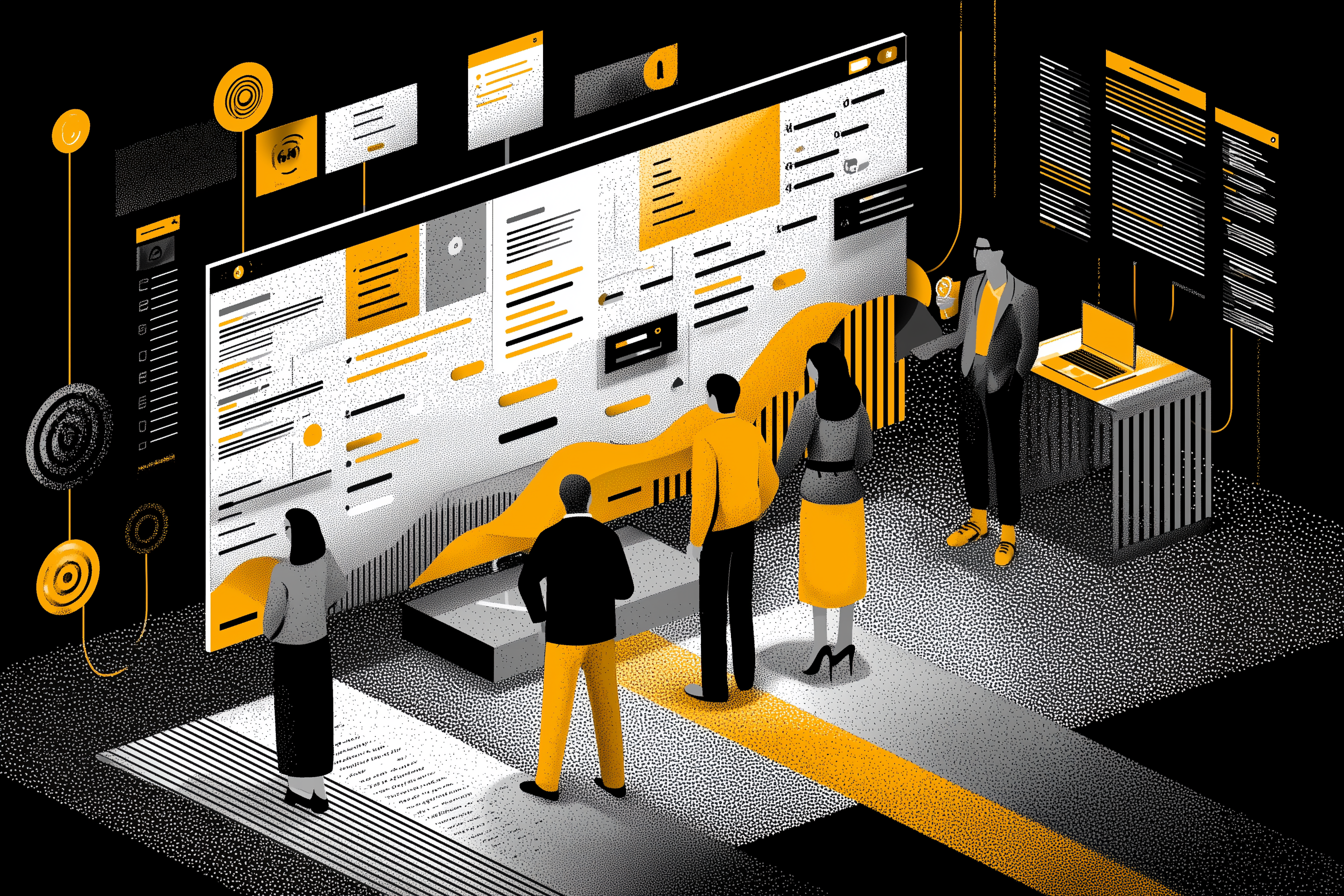How to protect your marketing assets against leaks and unauthorized uses | Digital Asset Guide

Protect Your Marketing Assets from Leaks and Misuse with a Secure DAM Strategy and Controlled Collaborative Workflows
Introduction – The Delicate Balance Between Creativity and Security
Brands have never produced as much digital content as they do today — videos, visuals, templates, logos, social media content, and more.
This creative explosion fuels innovation but also multiplies the risk of leaks and unauthorized use.
Human error — especially uncontrolled sharing — accounts for 60 to 68 % of corporate data breaches, according to Integrate.io and Varonis.
Each visual or campaign now represents a strategic brand asset.
Definition
A marketing asset is any digital content owned by a brand — image, video, logo, document, or creative deliverable.
Digital Asset Management (DAM) refers to the tools and processes used to store, organize, and control these digital files.
The key question: how can you protect these assets without slowing down creative collaboration?
Understanding the Risks Facing Marketing Assets
Internal Leaks and Human Error
Unsecured file sharing, public links, deleted or misplaced files — these are among the top causes of asset leaks.
Marketing teams handle a vast amount of sensitive content, often without formalized security protocols.
External Threats
Cyberattacks targeting marketing departments are on the rise: phishing, ransomware, and compromised cloud accounts.
According to the 2023 Thales Group Report, 39 % of companies experienced a breach in their cloud environment, up from 35 % the previous year.
Consequences of a Leak
An asset leak before a campaign launch can:
- damage brand strategy,
- harm reputation,
- trigger legal risk (image rights, licensing violations).
The Pillars of a Strong Marketing Asset Protection Strategy
Centralize and Secure Assets in a Structured Environment
Centralizing your assets means regaining control.
Two complementary approaches can be combined:
- A collaborative project management platform, like MTM, to orchestrate creative workflows, track versions, and control deliverable distribution.
- A Digital Asset Management (DAM) system, to store, classify, manage access rights, and log file history.
Real-World Example
With MTM, marketing teams can share deliverables for approval without exposing source files.
Each version is tracked and validated, drastically reducing the risk of unauthorized distribution.
Structuring Access Governance and Permissions
Security starts with governance — it’s not just about the technology, but how access is structured and controlled.
- Define clear roles: administrator, contributor, viewer.
In MTM, every team member is assigned a role that determines which files, deliverables, or comments they can access.
→ Users without the appropriate role simply can’t view or edit certain files or validations.
This role-based restriction significantly reduces the risk of accidental leaks or unauthorized viewing. - Enable multi-factor authentication (MFA) to secure user accounts.
- Apply the principle of least privilege: each user should only access the assets necessary for their tasks.
- Use temporary sharing policies, such as expiring links or time-limited external access.
Clear governance and defined roles prevent sensitive files from being shared or accessed outside the authorized scope — a cornerstone of secure collaboration.
Auditing and Monitoring Asset Usage
Regular access audits help detect anomalies:
- Track downloads and access logs.
- Set alerts for suspicious activity.
- Maintain a full activity history for each asset.
According to the Cost of a Data Breach Report 2024, it takes an average of 258 days to identify and contain a data breach.
A collaborative platform like MTM simplifies this process — each deliverable has a status (in progress, approved, published) and a transparent version history.
In addition, MTM allows teams to see exactly who holds a “review link” for an asset, providing an up-to-date list of all individuals with access to the file.
This level of traceability enhances sharing security and ensures that no unauthorized access goes unnoticed.
Automating the Detection of Unauthorized Use with AI
Artificial intelligence tools can now detect brand visuals used online without authorization.
According to The Pedowitz Group (2024), applying AI to brand and visual monitoring reduces detection and enforcement time by 96 %.
Algorithms automatically compare your official visuals with online content and alert marketing teams in case of unauthorized use.
This proactive approach is particularly valuable in visually driven sectors like retail, luxury, and entertainment.
Best Practices for Secure Collaboration
Establish Clear Validation Workflows
Every asset should follow a defined path: creation → review → validation → publication.
This ensures that only approved content is shared or published.
Use Expiring Links or “Review Links”
These links enable external validation of deliverables without granting access to source files.
Security tip: Choose platforms that allow you to set expiration dates and read-only permissions.
In MTM, teams can share review links with external partners, who can comment directly within the interface — the source file remains securely hosted.
Document Your Workflows
A documented workflow (who does what, when, and how) minimizes mistakes and simplifies GDPR compliance.
Anticipating Regulatory and Technological Changes
Regulations and Compliance
European companies must now anticipate the NIS2 Directive and strengthen the security of their digital environments.
GDPR also requires:
- server localization (preferably within the EU),
- encryption of sensitive files,
- traceability of user access.
Technological Evolution
The rise of generative AI complicates visual protection — content can be cloned, altered, or reused without authorization.
Integrating image-recognition and monitoring tools into your asset management process is now essential.
Conclusion – Security as a Lever for Trust and Performance
Protecting your marketing assets means protecting your brand’s creative value.
An effective strategy combines:
- centralization (via a collaborative platform like MTM or a DAM),
- clear governance of access,
- comprehensive traceability of versions,
- automation of misuse detection.
Collaborative project management platforms such as MTM prove it’s possible to combine creative agility, fast validation, and strong asset control.
In 2025, security is no longer a constraint — it’s a lever for trust and competitiveness.
FAQ – How to Protect and Manage Your Marketing Assets Securely
1. What is a marketing asset?
Any digital content owned by a brand: visuals, videos, logos, documents, or templates.
2. Why secure marketing assets?
To prevent unauthorized use, loss of control, and brand-rights violations.
3. What’s the difference between cloud storage and a DAM?
A cloud simply stores files; a DAM manages access rights, versioning, and audit trails.
4. How can unauthorized uses be detected?
With AI-based tools like those described by The Pedowitz Group.
5. How to balance collaboration and security?
By using a collaborative platform such as MTM with structured workflows, expiring links, and access control.
Authoritative References and Sources
- McKinsey Digital – The State of Cybersecurity 2024
- Cyber Defense Magazine – Beyond the Firewall: Protecting Digital Assets
- The Pedowitz Group – Detect Unauthorized Asset Use with AI
- Harvard Business Review – Protecting Digital Brand Assets
Other Posts

How to effectively coordinate multiple teams on a marketing campaign

How to choose the best project management software for your marketing or creative team

